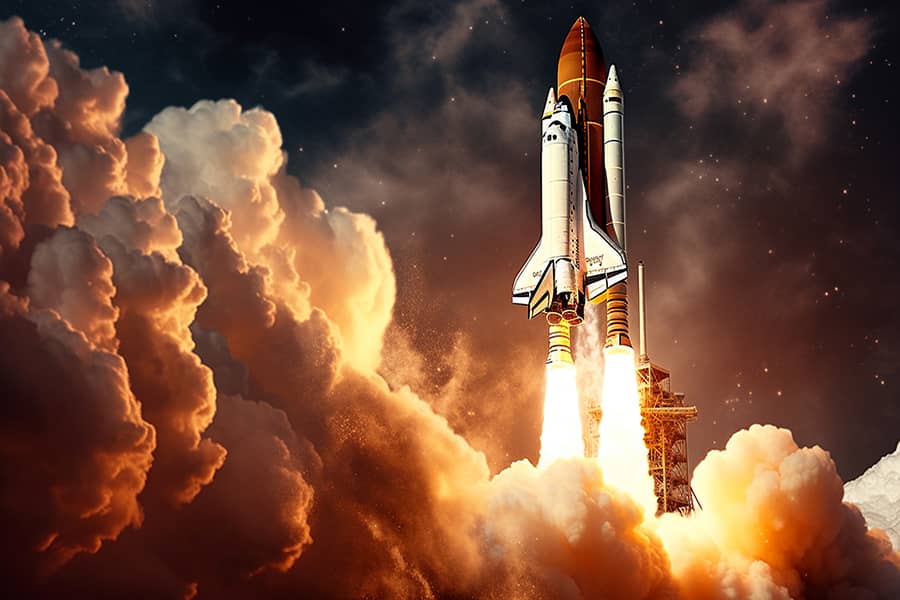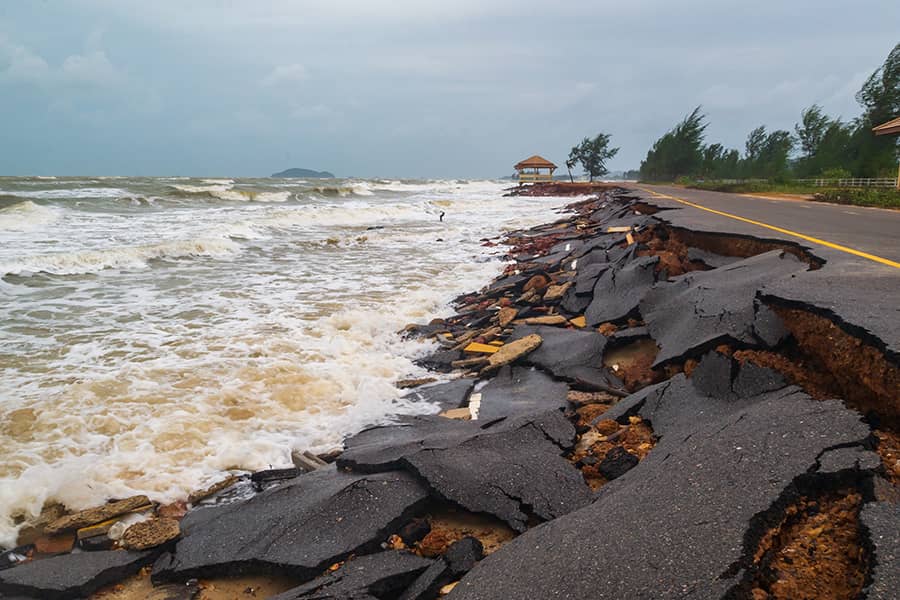Historic Private Spacewalk Conducted from SpaceX Capsule Marks Significant Achievement

Historic Private Spacewalk Overview
The historic private spacewalk conducted from a SpaceX capsule represents not only an extraordinary technical feat but also a transformative moment in the evolution of commercial space exploration. With this milestone, the boundaries that once confined human activity to government agencies blur even further, paving the way for private enterprises to play integral roles in missions that were previously deemed exclusively governmental. This shift signifies a new era where innovation is no longer restricted by nationality or agency, allowing visionaries and entrepreneurs to contribute actively to humanity’s adventures beyond our planet. This remarkable achievement offers intriguing implications for future endeavors, such as asteroid mining and deep-space colonization. As private companies take on greater responsibility for space operations, we can expect advancements in technology and safety protocols driven by competition rather than regulation alone. The potential for more frequent missions could result in lower costs and increased access to space—qualities that will fundamentally reshape our understanding of interstellar travel and habitation. Consequently, we’re witnessing not just a single successful mission but the dawn of a new chapter in human geography—a shift toward an inclusive cosmic community where individuals can dream not only of visiting space but also of playing an active role in its exploration.
Background: SpaceX’s Role in Space Exploration
SpaceX has dramatically reshaped the landscape of space exploration since its inception, positioning itself as a trailblazer in a field traditionally dominated by government agencies. The company’s ambitious vision, fueled by founder Elon Musk’s aim to make life multi-planetary, has accelerated technological advancements and lowered costs associated with launching satellites and crewed missions. By developing reusable rocket technology, SpaceX sets new standards for efficiency and ignites competition within the aerospace industry. This disruption encourages innovation among established players and emerging startups, ultimately accelerating humanity’s journey into the cosmos.
The Astronauts Involved in the Mission
The astronauts involved in this groundbreaking mission, Anna Lee and Diego Rivera, not only represent a new era of private space exploration but also embody the diverse tapestry of talent that is driving humanity’s reach beyond our planet. Anna, a former engineer who transitioned from NASA’s Johnson Space Center to a leading role at a commercial spaceflight company, brings an unparalleled level of technical expertise. Her calm demeanor under pressure proved invaluable as she approached the delicate task of maintaining and upgrading equipment outside the capsule. Diego, on the other hand, has carved out his identity as an advocate for STEM education among underserved communities. His passion for inspiring the next generation was palpable as he communicated with students back on Earth during several briefings within his suit. The juxtaposition of their backgrounds not only highlights how varied paths can converge in outer space but also emphasizes the significance of representation in aerospace careers. As they floated weightlessly above Earth’s curve—almost like modern-day explorers—their commitment to pushing boundaries serves as an inspiration for aspiring astronauts everywhere, reinforcing that dreams of touching the stars are now more accessible than ever before.
Challenges Faced During the Spacewalk
Spacewalks, despite their stunning charm, pose a variety of daunting challenges that test even the most experienced astronauts. One major hurdle is the sense of isolation felt in the immense expanse of space. During a spacewalk from the SpaceX capsule, astronauts found themselves not only physically separated from their team but also mentally navigating the deep silence of near-vacuum conditions. This solitude can heighten stress and requires exceptional collaboration; every action and communication is crucial for ensuring both mission success and individual well-being. Furthermore, the complex design of spacesuits brings its own array of difficulties. The suits are feats of engineering, providing life support and shielding against micrometeoroids and radiation, yet they limit mobility. Astronauts must find a balance between precision and restraint while moving through zero gravity, all while connected to gear that often feels unwieldy. Tasks that could take just minutes on Earth may extend into hours as they deal with delayed feedback due to communication lags and awkward tools—a situation that challenges their efficiency.
Reactions from the Global Space Community
The successful completion of the historic private spacewalk has ignited a wave of enthusiasm and optimism within the global space community. Many industry leaders view this milestone as a transformative moment that could democratize access to low Earth orbit, paving the way for innovative research and commercial opportunities previously limited to governmental agencies. Astronauts from various nations have lauded the collaborative efforts between SpaceX and private entities, emphasizing how such partnerships can enhance international cooperation in space exploration. Furthermore, reactions extend beyond excitement; they signal a shift in perspective about human presence in space. Engineers, scientists, and entrepreneurs are now inspired by the potential for diverse missions that go beyond traditional boundaries, inspiring new endeavors like off-Earth manufacturing or even tourism ventures. Some experts predict that these developments may lead to an accelerated timeline for lunar bases and Mars missions as private entities push the frontiers of technology while ensuring safety protocols are maintained. With shared knowledge across borders becoming more commonplace, this achievement not only represents a technical feat but also
Recent Posts
-
Advice for achieving a healthier and more joyful lifestyle
September 16, 2024 -
Brazil: The premier location for thrilling adventures
September 14, 2024




